This past Monday, December 10, 2018, I had the opportunity to join several fellow members of the Gowanus Canal Superfund Community Advisory Group to view some of the objects that were retrieved during EPA's dredging pilot study at the Canal's 4th Street Turning Basin. (A similar tour had been organized by EPA back in November 2016, to show members of the community much larger items had been removed at the beginning of the pilot study.)
These latest uncovered objects include wagon wheels, bricks, old tires, metal poullies and hooks, yarn spools, and an almost perfectly preserved porcelain coffee can.
After they were dredged from the bottom of the canal, the items had been transported to a sediment processing facility in New Jersey. They were then brought to the Public Place site at Smith Street and Huntington Street, which has served as a staging area during the pilot study.
According to the EPA, the objects will remain on site until mid-January 2019 "pending arrangements for their transfer to local organizations or eventual disposal."
Though, according to the EPA, their archaeological consultant, John Vetter, and the New York State Historic Preservation Office have deemed none of the objects of national or state importance, they nonetheless hold value for our community, as they document and memorialize the cultural and history of the Gowanus Canal.
Please weigh in by leaving a comment or by contributing ideas on where we can preserve and display these objects so that they are accessible for future generations.
(Personally, I have always dreamed of transforming the Landmarked Coignet Building into a Gowanus Museum, which would house all these objects.

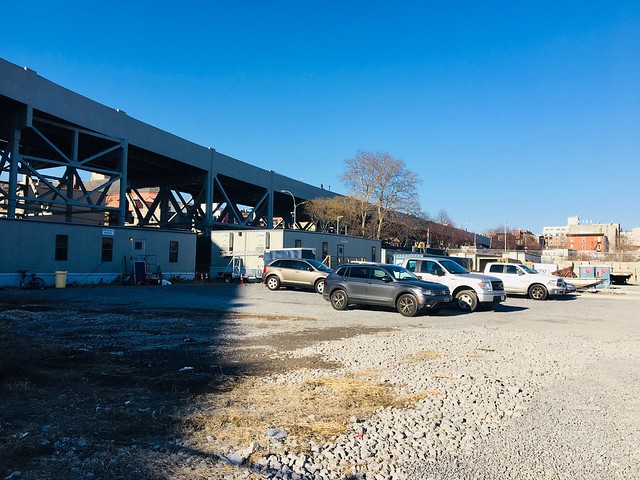
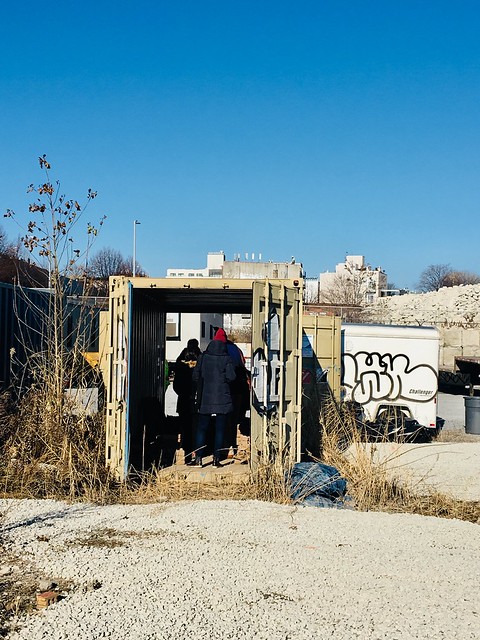
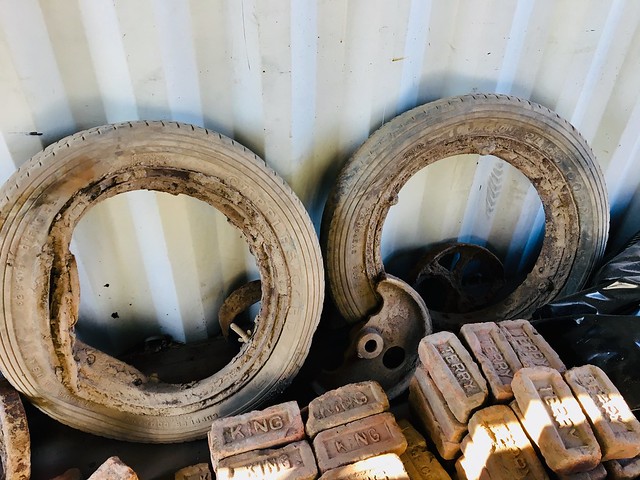
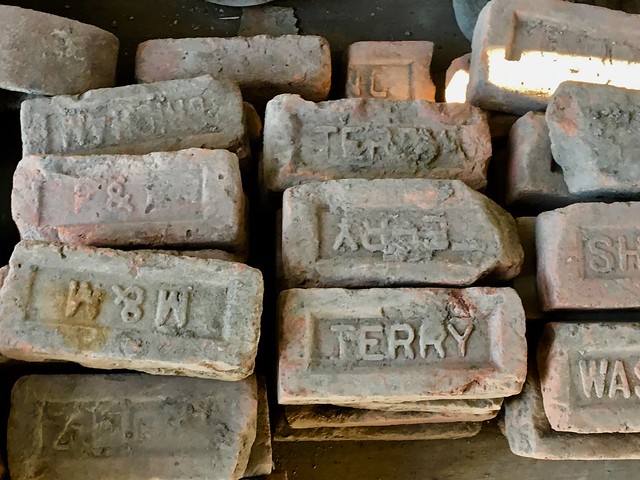
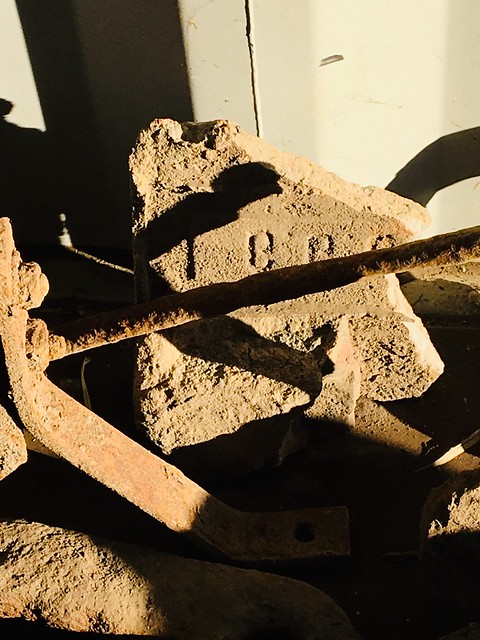
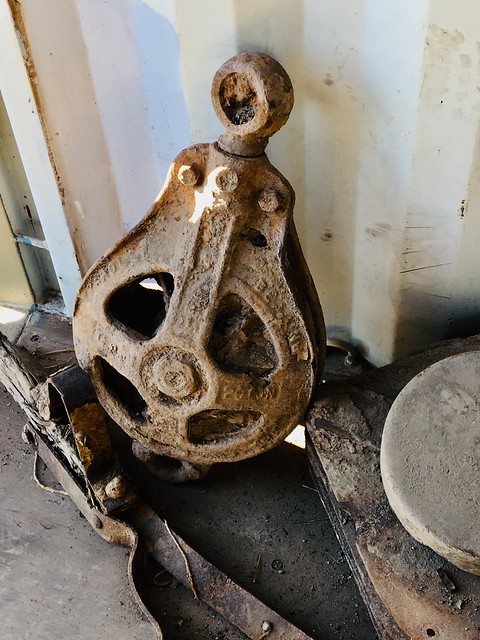
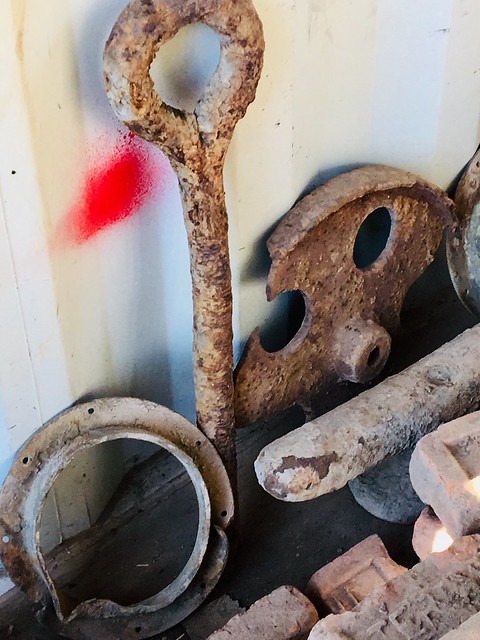
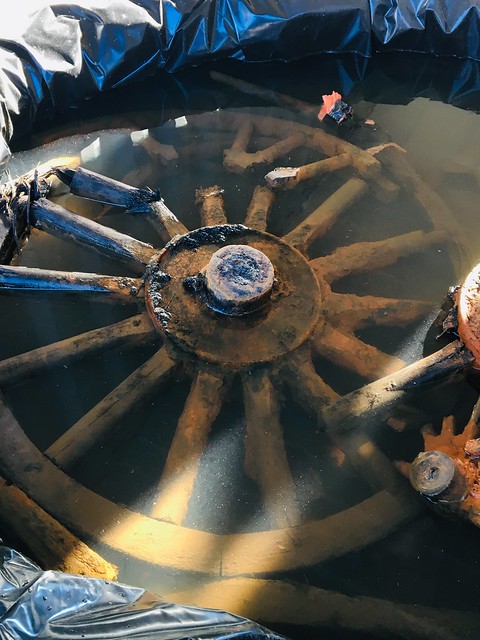
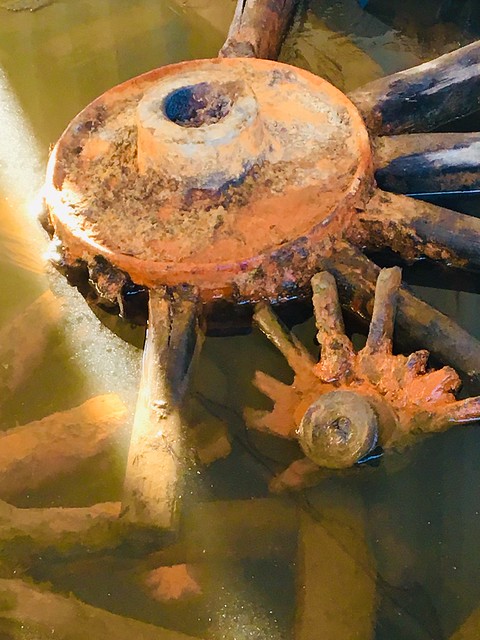
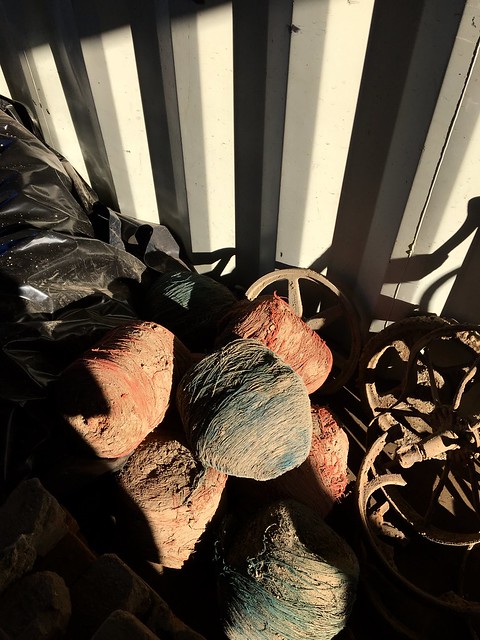
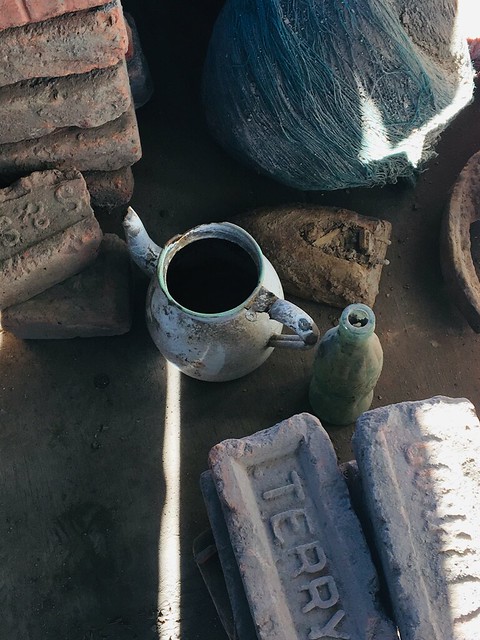
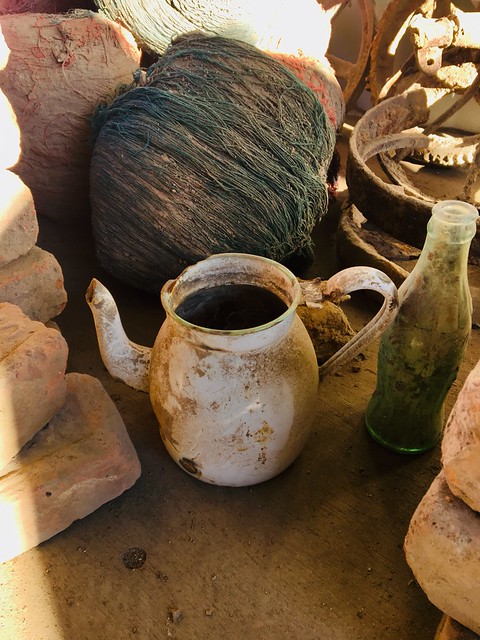






.JPG)

9 comments:
I just love it...it resurrects our past.the ordinary people, like us, who put one foot in front of the other to carve a life for themselves and their loved ones. they, without entitlement, lived a hard life. we had no millionaires walking the streets; the people, many first immigrants, worked in the factories; digging tunnels for the IND train line. did you ever wonder why there are no trees on Smith or Court streets. My mother remember the mountains of dirt piled high on Smith..from IND subway tunnel. I remember piles of dirt from the Expressway and tunnel. and its opening. we were a neighborhood in the making. You could live, work,shop, attend school and church all within a 10 block radius. Butchers, greengrocers, fishmongers, bakeries, making bread of italian towns, dry-good stores, tailors-making suits, a fine ladies hat shop, shoe stores, men's haberdashery,a women's lingerie shop, barbers, soda fountain/drug stores and a 5&10 store. all on Smith or Court st. of course a shoemaker, on the corner of smith and unionI like to think I am walking up and down,shopping in the same stores como miei bas-nonni, 5 generations of Ingrassia/Anselmo/Ferlazzo within those 10 blocks
Thank you so much for sharing this, Nancy. Love your memories.
You take such lovely photos, these old things look so precious.
I forgot to mention that on the corner of union and smith streets where the restaurant is today-there is small extension into the yard. My great grandfather was a cobbler and that was his small shop. story goes that after he made a few dollars he would close the shop until he either ran out of money or got sober, whichever came first...never mind that his daughter was a widow, age 37 with 8 children, the last born after my grandfather died. One day I'll tell you about his death and funeral. but he was a good cobbler and much needed for the family--we all have problem feet because we were born with very narrow feet. I had a AA width and my father foot measured a 11 1/2 AAA. too bad no one carry on his trade. we could have used a Ferragamo in the family.
Inside the tunnel under Atlantic ave many clay pipes and bottles. Not to mention the people who dig up the old backyard latrines. Many primo artifacts. I would hate to see this debris tossed. I’ll take the bricks. There will be more as they go on so why not line those banks along the condos that sit along the smelly shores. I like the museum idea.
They are beautiful relics and I can imagine them displayed along the banks of the canal in lucite or glass cases as a reminder of what the canal once was.
Is there some appropriate community space that can serve as a memorial or museum to the life of the Gowanus Canal? It could preserve for future generations the important role the canal played in the development of our surrounding neighborhoods, as well as its support of industry an job. It could also include the environmental impacts and the subsequent effort to clean it up and create a usable asset for local residents.
that's a great idea, to make use of Coignet Building as the site of a Gowanus Museum. for all of the new development happening in the area, i wonder if it's even feasible to seek funding from the various property developers, as a contribution towards a fund to finance such an endeavor. have no idea how one launches a museum, other than to start by asking.
that said, a museum needs to be more than a collection of objects from the past, it also has to serve as a living resource for the people in the immediate area.
Don’t forget Columbia Street! Greek diner, Italian fish markets, and many Jewish owned stores. I miss those accents!
Post a Comment